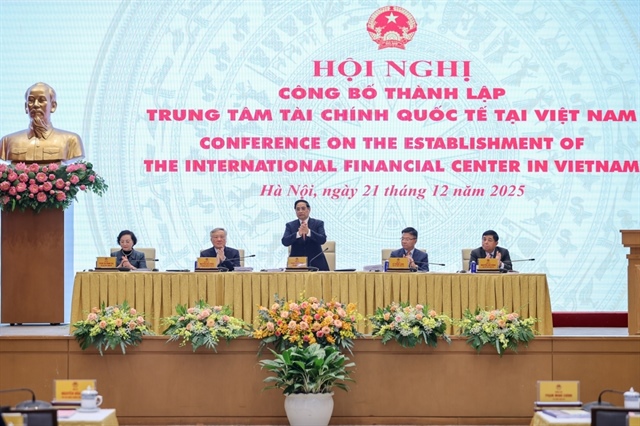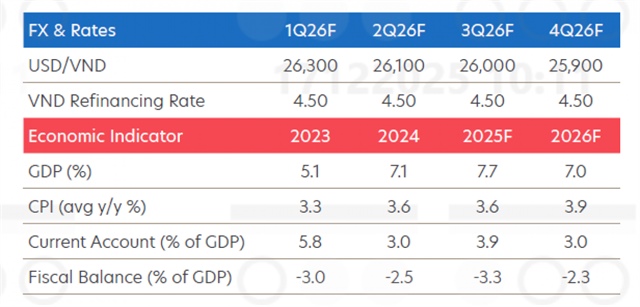Banks’ bad debts to real estate sector worse than initially reported
Banks’ bad debts to real estate sector worse than initially reported
The unexpected report about the banks’ bad debts to the real estate sector has been released by the National Finance Supervision Council, which shows that the actual bad debts are much higher than the figures announced before by government agencies.

By the end of 2011, the total outstanding loans provided to fund real estate projects had reached 348 trillion dong. The figure, according to the National Finance Supervision Council, is 1.8 times higher than the figure released by commercial banks before, at 200 trillion dong.
The Ministry of Construction and the State Bank of Vietnam were the two ministries which released the figure of 200 trillion dong, affirming that the real estate credit is not a worrying problem.
Also according to the council, the actual bad debts of commercial banks are 8 times higher than the figures released by the banks themselves. This shows that since June 2011, when the bank bad debt problem was alerted and banks were told to reduce the proportion of lending to non-production sectors to 22 percent of total outstanding loans, to now, banks have been trying to conceal the actual lending and the bad debt ratios.
BIDV is reportedly the bigger lender with the outstanding loans provided to the real estate sector reaching 42 trillion dong. Vietinbank has been found as the second biggest lender with the outstanding loans of 41 trillion dong. Both the banks have the loans to the real estate sector accounting for 14 percent of total outstanding loans.
Meanwhile, ACB and Sacombank both have been listed in the top 10 which comprises of the biggest lenders in the real estate sector. All of the above said banks are the biggest ones in Vietnam.
However, it is the small banks, which have the highest ratios of real estate lending on the total outstanding loans. These include Phuong Nam, Phuong Tay and Dong A which have the ratio at 26 percent. Meanwhile, SHB also has the real estate loans accounting for 18 percent of total outstanding loans.
It’s clear that the ratios could not be considered as “within the safety” as declared by the banks. The ratios should be 3-5 percent to be considered “safe.” Only Agribank admitted the bad debt ratio at higher than six percent, while others have not admitted their real situation.
Some banking experts have recently predicted that about 50 percent of real estate loans may become irrecoverable debts.
The report by the finance supervision council pointed out that the total value of the loans provided by the 10 biggest lenders has reached 254 trillion, much higher than the 147 trillion dong reported by banks.
How high is the actual bad debt ratio?
Different figures released by different institutions have made people confused. In the fourth quarter of 2011, Dr Le Xuan Nghia, who was then Deputy Chair of the Finance Supervision Council, said that both the council and the State Bank could not obtain the actual figures about the outstanding loans to the real estate sectors and the bad debts.
Prior to that, the State Bank twice asked banks to submit reports about debts and bad debts. However, no final figure has been released.
In late May 2012, the State Bank informed at the National Assembly’s session that the bad debt ratio had climbed to 10 percent. Meanwhile, the ratio released by the bank at the National Assembly’s session in November 2011 was 3.4 percent only.
As such, the bad debt ratio of the banking system increased by three times just within six months, while updated information has not been released.
vietnamnet

























